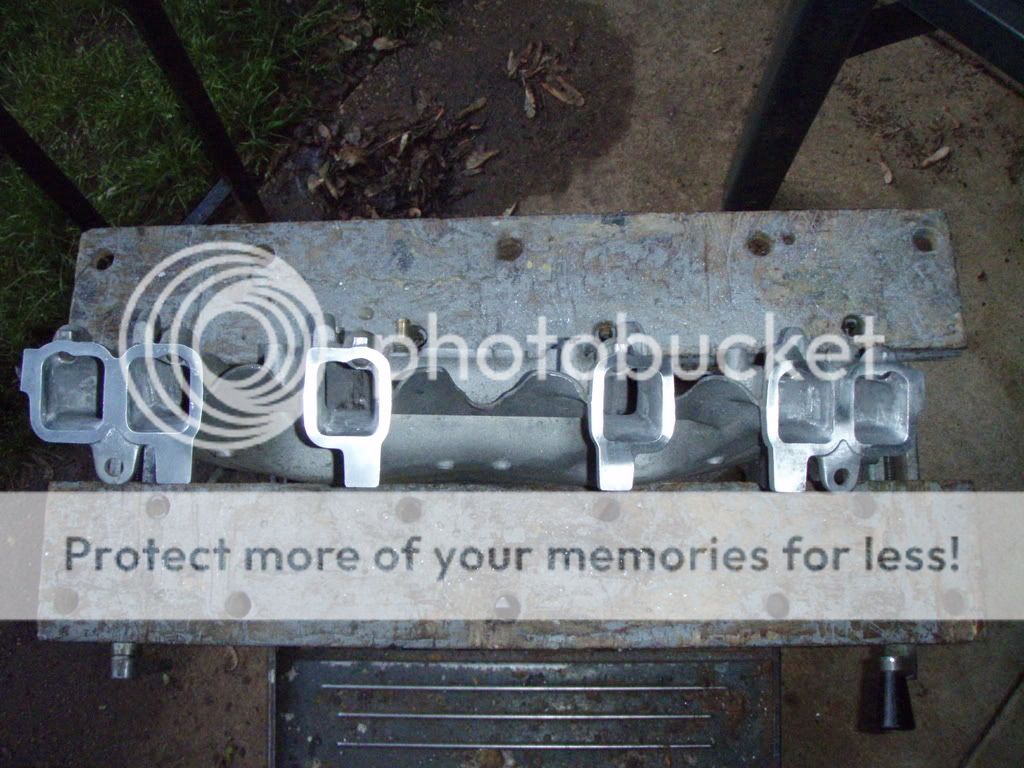Super mud
NAXJA Forum User
- Location
- Bel Air Maryland
I've been wondering what can be built out of a 4.0 on the top end for any reasonable gains. Im not considering it any time soon since i got other stuff fix on my 87 which runs great on a 88 motor and tranny with exaust, cai, and some sensor adjustments/tune. Though I like to know whats possible and all the extra details involved involved with this motor. I do find it most enjoyable stomping 4 bangers and full size trucks with my xj on 31s also lmao.
Strokers are the way to go but I was thinking a HO head and 99+ intake swap, filled by a little taller cam and compression increase could yeild some good gains along with extra goodies on the outside. 8.8:1 I believe is stock and I've heard a thinner mopar head gasket and head deck of .30-.40 can get close 9.5:1. I estimated around 250 hp and a good bit of torque. So anybody have any opinions or know any previous threads/builds?
Strokers are the way to go but I was thinking a HO head and 99+ intake swap, filled by a little taller cam and compression increase could yeild some good gains along with extra goodies on the outside. 8.8:1 I believe is stock and I've heard a thinner mopar head gasket and head deck of .30-.40 can get close 9.5:1. I estimated around 250 hp and a good bit of torque. So anybody have any opinions or know any previous threads/builds?

